Gold or Silver: Which Should You Wear?
When it comes to choosing between gold and silver jewelry, there are several factors to consider. From their historical significance to their physical properties, investment potential, and fashion considerations, both metals have their unique appeal. In this article, we will explore the history of gold and silver, discuss their physical properties, analyze their investment potential, and provide fashion and style considerations to help you make an informed decision on which metal to wear.
Key Takeaways
- Gold has a long history and cultural significance, while silver has been used for centuries in trade and economy.
- Gold is known for its rich yellow color and luster, while silver has a bright white color and a reflective surface.
- Gold is denser and heavier than silver, making it a more substantial metal.
- Both gold and silver are malleable and ductile, allowing them to be shaped into various forms.
- Gold has historically performed well as an investment, while silver is known for its industrial demand and potential as an inflation hedge.
The History of Gold and Silver
Ancient Origins
Gold and silver have been valued by civilizations throughout history for their beauty and rarity. Gold has been used for adornment and trade since ancient times, with evidence of its use dating back to the earliest civilizations. Silver, on the other hand, has a rich history of being used for currency and as a symbol of wealth and status. Both metals have played a significant role in shaping the economies and cultures of ancient civilizations.
In ancient Egypt, gold was considered the metal of the gods and was used in religious ceremonies and burials. The Egyptians believed that gold had magical properties and was a symbol of eternal life. Silver, on the other hand, was highly valued for its antibacterial properties and was used to make utensils and containers for storing food and water.
Table: Comparison of Gold and Silver
| Property | Gold | Silver |
|---|---|---|
| Color | Yellow | White |
| Luster | Shiny | Shiny |
| Density | 19.3 g/cm³ | 10.5 g/cm³ |
| Malleability | Highly malleable | Malleable |
| Ductility | Highly ductile | Ductile |
Both gold and silver have unique physical properties that make them highly desirable. Gold's yellow color and shiny luster give it a luxurious appearance, while silver's white color and shiny luster make it a versatile metal for jewelry and decorative items.
Gold and silver have stood the test of time and continue to be valued for their beauty, rarity, and historical significance.
Cultural Significance
Gold and silver have held significant cultural importance throughout history. In ancient civilizations, gold was often associated with divinity and power, while silver was seen as a symbol of purity and healing. These precious metals were used in religious ceremonies, royal adornments, and as offerings to gods and goddesses.
In addition to their spiritual significance, gold and silver have played important roles in cultural traditions and rituals. For example, gold jewelry is often passed down through generations as a symbol of wealth and status. Silverware and silver accessories are commonly used in special occasions and celebrations.
Furthermore, gold and silver have been used as currency in many societies, serving as a medium of exchange and a store of value. Their scarcity and durability made them ideal for trade and economic transactions. Even today, gold and silver continue to be valued for their cultural and historical significance.
Role in Trade and Economy
Gold and silver have played significant roles in trade and economy throughout history. These precious metals have been used as a form of currency, a store of value, and a medium of exchange. They have facilitated international trade and commerce, allowing for the exchange of goods and services across borders.
In addition, gold and silver have been used as a measure of wealth and economic stability. Their scarcity and inherent value have made them desirable assets for individuals, governments, and financial institutions. They have been used to back currencies, stabilize economies, and hedge against inflation.
Furthermore, gold and silver mining and production have created employment opportunities and contributed to economic growth in many regions. The extraction and processing of these metals have supported industries such as mining, refining, jewelry making, and technology manufacturing.
Overall, the role of gold and silver in trade and economy cannot be underestimated. Their historical significance, monetary value, and economic impact make them essential elements of the global financial system.
Physical Properties of Gold and Silver
Color and Luster
Gold and silver have distinct colors and luster that make them visually appealing.
-
Gold has a warm, yellow color that is often associated with luxury and wealth. Its luster is bright and reflective, giving it a radiant shine.
-
Silver, on the other hand, has a cool, metallic white color. Its luster is more subdued compared to gold, but it still has a captivating sheen.
When it comes to color and luster, both gold and silver offer unique characteristics that can enhance any jewelry or accessory.
Density and Weight
When comparing gold and silver, one important factor to consider is their density and weight. Gold is a denser metal compared to silver, with a density of 19.3 g/cm³. On the other hand, silver has a density of 10.5 g/cm³. This means that for the same volume, gold will weigh more than silver.
The difference in density and weight between gold and silver has practical implications. For example, gold jewelry tends to feel heavier on the skin compared to silver jewelry. Additionally, the weight of gold can affect the price, as it requires more material to create a piece of jewelry compared to silver.
In terms of investment, the density and weight of gold and silver can also play a role. Investors often consider the weight of precious metals when determining their value and potential returns. The higher density of gold can make it more valuable in terms of weight, especially when considering its historical performance and market demand.
It's important to note that while density and weight are important factors to consider, they are just one aspect of the overall comparison between gold and silver.
Malleability and Ductility
Gold and silver are both highly malleable and ductile metals. Malleability refers to the ability of a metal to be hammered into thin sheets without breaking, while ductility refers to the ability to be drawn into thin wires. This unique property makes gold and silver ideal for jewelry making and other applications.
In terms of malleability, gold is considered to be the most malleable metal. It can be hammered into extremely thin sheets, known as gold leaf, which can be used for decorative purposes. Silver, on the other hand, is slightly less malleable than gold but still highly malleable compared to other metals.
When it comes to ductility, both gold and silver exhibit excellent ductility. They can be drawn into long, thin wires that are used in various industries, including electronics and telecommunications.
Overall, the malleability and ductility of gold and silver contribute to their versatility and desirability in various fields.
Investment Potential of Gold and Silver
Historical Performance
Gold and silver have both shown strong historical performance as investment assets. Gold has been considered a safe haven investment for centuries, with its value often increasing during times of economic uncertainty. Silver, on the other hand, has a history of being more volatile, with its price influenced by factors such as industrial demand and market speculation.
When comparing the historical performance of gold and silver, it is important to consider factors such as the time period being analyzed and the specific market conditions. While gold has generally outperformed silver over the long term, there have been periods where silver has experienced significant price increases.
In recent years, both gold and silver have seen increased investor interest due to their potential as a hedge against inflation and currency fluctuations. As with any investment, it is important to carefully evaluate the risks and potential rewards before making a decision.
Market Demand
Market demand plays a crucial role in determining the value of gold and silver. Investors and collectors alike contribute to the demand for these precious metals. The demand for gold is driven by its status as a safe-haven asset and its use in jewelry and technology. On the other hand, silver is in high demand for its industrial applications, such as in electronics and solar panels. The fluctuating demand for gold and silver in these various sectors can have a significant impact on their prices in the market.
In addition to industrial and investment demand, consumer preferences also influence the market demand for gold and silver. Fashion trends and personal preferences play a role in determining which metal is more popular at a given time. Some individuals may prefer the timeless elegance of gold, while others may opt for the modern and versatile appeal of silver. Ultimately, the market demand for gold and silver is influenced by a combination of economic factors, consumer preferences, and industry demand.
Inflation Hedge
Gold and silver have long been considered as hedges against inflation. During times of economic uncertainty or when the value of fiat currencies is declining, investors often turn to these precious metals as a store of value. This is because gold and silver have historically maintained their worth and even increased in value during periods of high inflation.
One way to measure the effectiveness of gold and silver as an inflation hedge is by comparing their performance to the Consumer Price Index (CPI). The CPI is a measure of the average change over time in the prices paid by urban consumers for a market basket of consumer goods and services. When the CPI increases, it indicates inflation, and when it decreases, it indicates deflation.
Here is a comparison of the average annual returns of gold, silver, and the CPI over the past decade:
| Asset | Average Annual Return |
|---|---|
| Gold | 8.2% |
| Silver | 6.5% |
| CPI | 2.1% |
As you can see, both gold and silver have outperformed the CPI, making them attractive options for investors looking to protect their wealth from the erosive effects of inflation.
It's important to note that while gold and silver can serve as an inflation hedge, their prices can be volatile and influenced by various factors such as market demand, geopolitical events, and economic indicators. Therefore, it's advisable to consult with a financial advisor before making any investment decisions.
Fashion and Style Considerations
Matching with Skin Tone
When choosing between gold and silver jewelry, it's important to consider your skin tone. Warm skin tones, which have yellow or golden undertones, tend to look best with gold jewelry. On the other hand, cool skin tones, which have pink or blue undertones, often complement silver jewelry. If you're unsure about your skin tone, you can try the following test:
- Look at the veins on your wrist. If they appear green, you likely have warm undertones. If they appear blue, you likely have cool undertones.
- Consider the colors that flatter you the most. If you look best in earth tones, oranges, and yellows, you probably have warm undertones. If you look best in jewel tones, blues, and purples, you probably have cool undertones.
Remember, these are just general guidelines, and ultimately, the most important factor is your personal preference and what makes you feel confident and beautiful.
Complementing Outfits
When choosing between gold and silver jewelry, it's important to consider how they will complement your outfits. Gold jewelry tends to add a warm and luxurious touch to any ensemble, making it a great choice for formal occasions or when you want to make a statement. On the other hand, silver jewelry has a cool and sleek appearance that can effortlessly elevate a casual or everyday look.
To ensure your jewelry complements your outfits, consider the following:
- Color coordination: Match the metal color with the dominant colors in your outfit. Gold pairs well with warm tones like red, orange, and brown, while silver complements cool tones like blue, green, and purple.
- Contrast: Create visual interest by pairing gold jewelry with cool-toned outfits or silver jewelry with warm-toned outfits.
- Style and occasion: Consider the overall style and formality of your outfit. Gold jewelry is often associated with elegance and sophistication, while silver jewelry has a modern and minimalist appeal.
Remember, the key is to find a balance and choose jewelry that enhances your personal style and complements your individual outfits.
Trends and Personal Preference
When it comes to fashion and style, trends and personal preference play a significant role in deciding whether to wear gold or silver. Versatility is a key factor to consider, as both gold and silver can be styled in various ways to suit different outfits and occasions.
In terms of trends, gold has been a popular choice for many years due to its timeless appeal and luxurious look. However, silver has also gained popularity in recent years, especially among those who prefer a more minimalist and modern aesthetic.
For those who prefer a subtle and understated look, silver may be the preferred choice. Its cool tone complements a wide range of skin tones and can be easily paired with both casual and formal outfits.
On the other hand, gold is often associated with elegance and opulence. It adds a touch of glamour to any ensemble and is particularly suited for formal occasions or when making a bold fashion statement.
Ultimately, the choice between gold and silver comes down to personal style and individual preferences. Whether you opt for the timeless allure of gold or the sleek simplicity of silver, both metals can enhance your overall look and add a touch of sophistication to your outfit.
Conclusion
In conclusion, when it comes to choosing between gold and silver, it ultimately depends on personal preference and style. Gold is a timeless and luxurious metal that exudes elegance and sophistication, while silver offers a more contemporary and versatile look. Both metals have their own unique qualities and can complement different skin tones and outfits. Whether you prefer the boldness of gold or the subtlety of silver, wearing either metal can add a touch of glamour to any outfit. So, go ahead and embrace your favorite metal and let it reflect your individuality and personal style.
Frequently Asked Questions
Is gold or silver more expensive?
The price of gold and silver can vary depending on various factors such as market demand, economic conditions, and supply. Generally, gold tends to be more expensive than silver.
Can I wear gold and silver jewelry together?
Yes, you can wear gold and silver jewelry together. Mixing metals has become a popular trend in fashion, and it allows for more versatility in styling.
Which metal is more durable, gold or silver?
Gold is a more durable metal compared to silver. Gold is less prone to tarnishing and is less likely to get scratched or damaged with regular wear.
Does gold or silver look better on fair skin?
Both gold and silver can look great on fair skin. It ultimately depends on personal preference and the specific shade of gold or silver that complements the skin tone.
Are gold and silver considered timeless metals in fashion?
Yes, both gold and silver are considered timeless metals in fashion. They have been used in jewelry and accessories for centuries and continue to be popular choices.
Can I wear gold or silver jewelry with any outfit?
Gold and silver are versatile metals that can be worn with a wide range of outfits. They can complement both casual and formal attire, making them suitable for various occasions.
Best Sellers














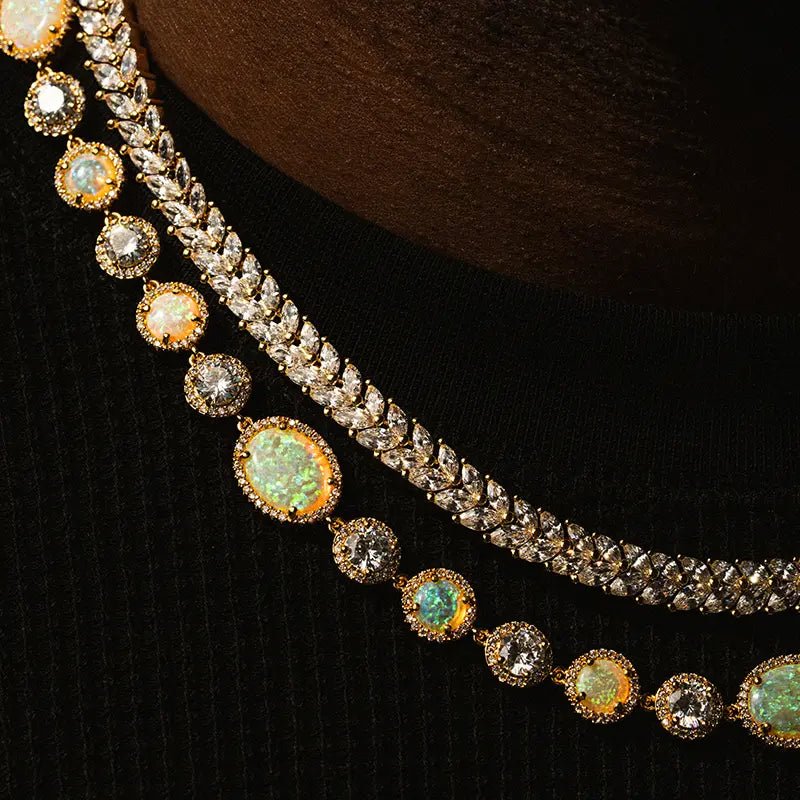
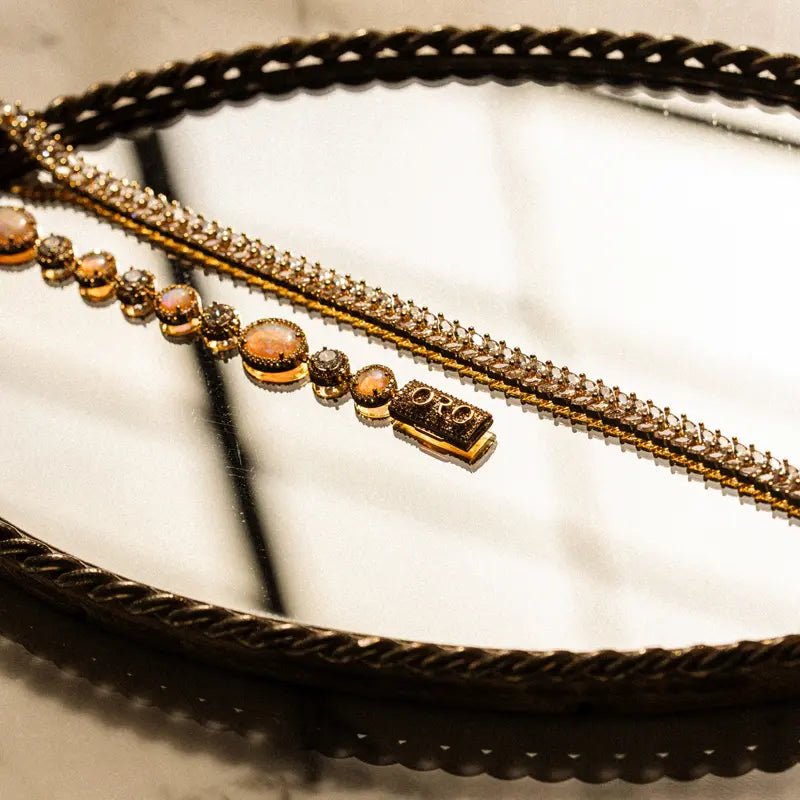





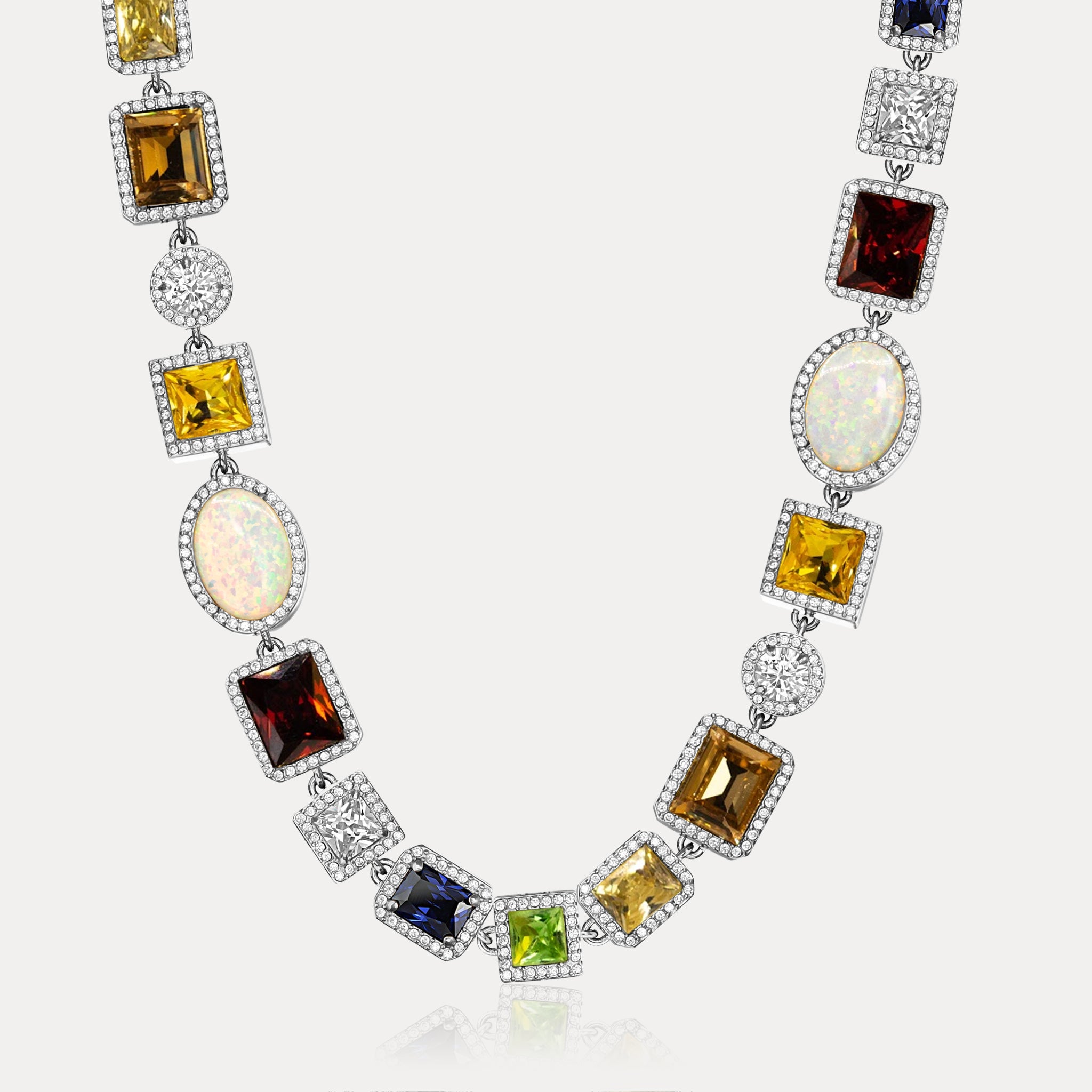
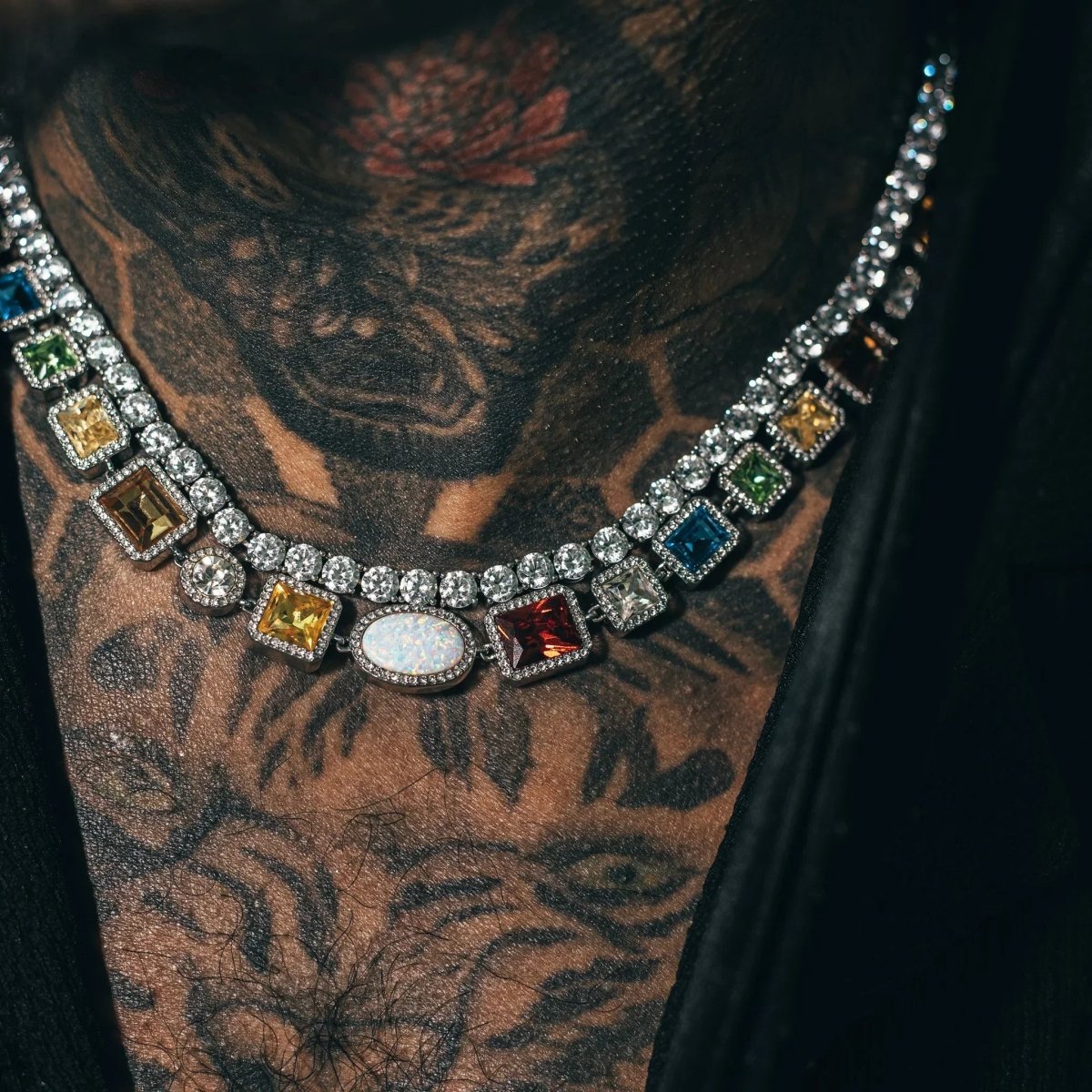
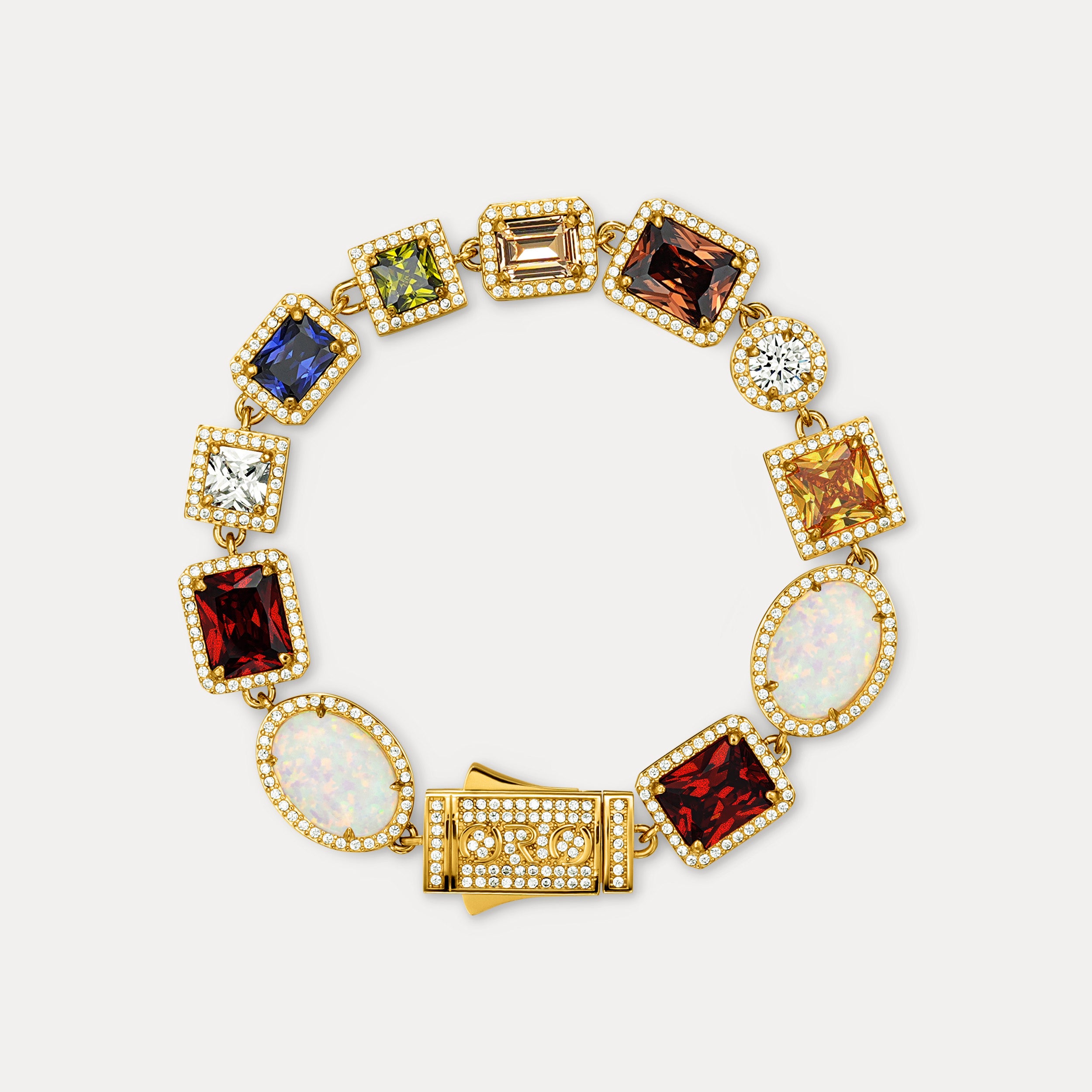

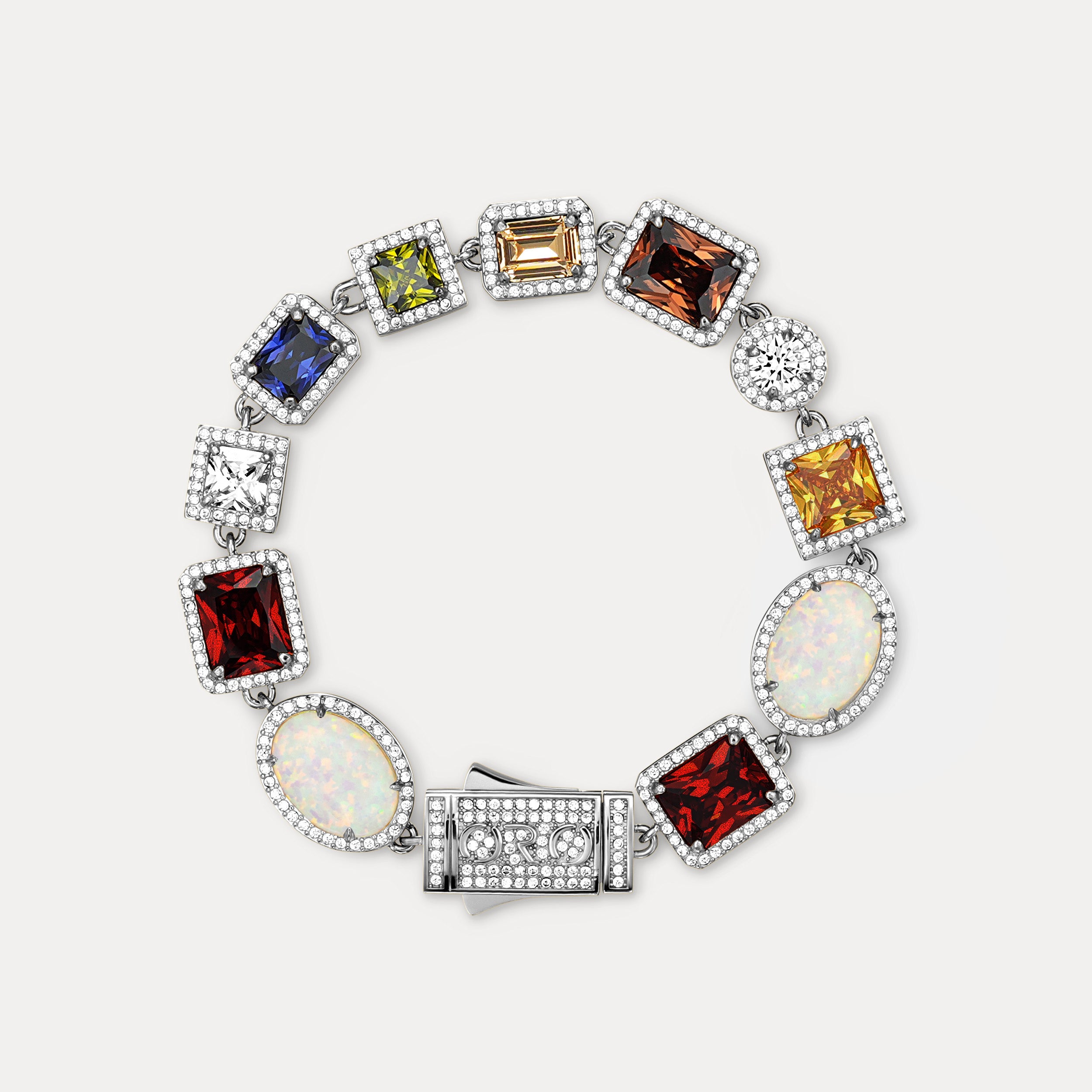
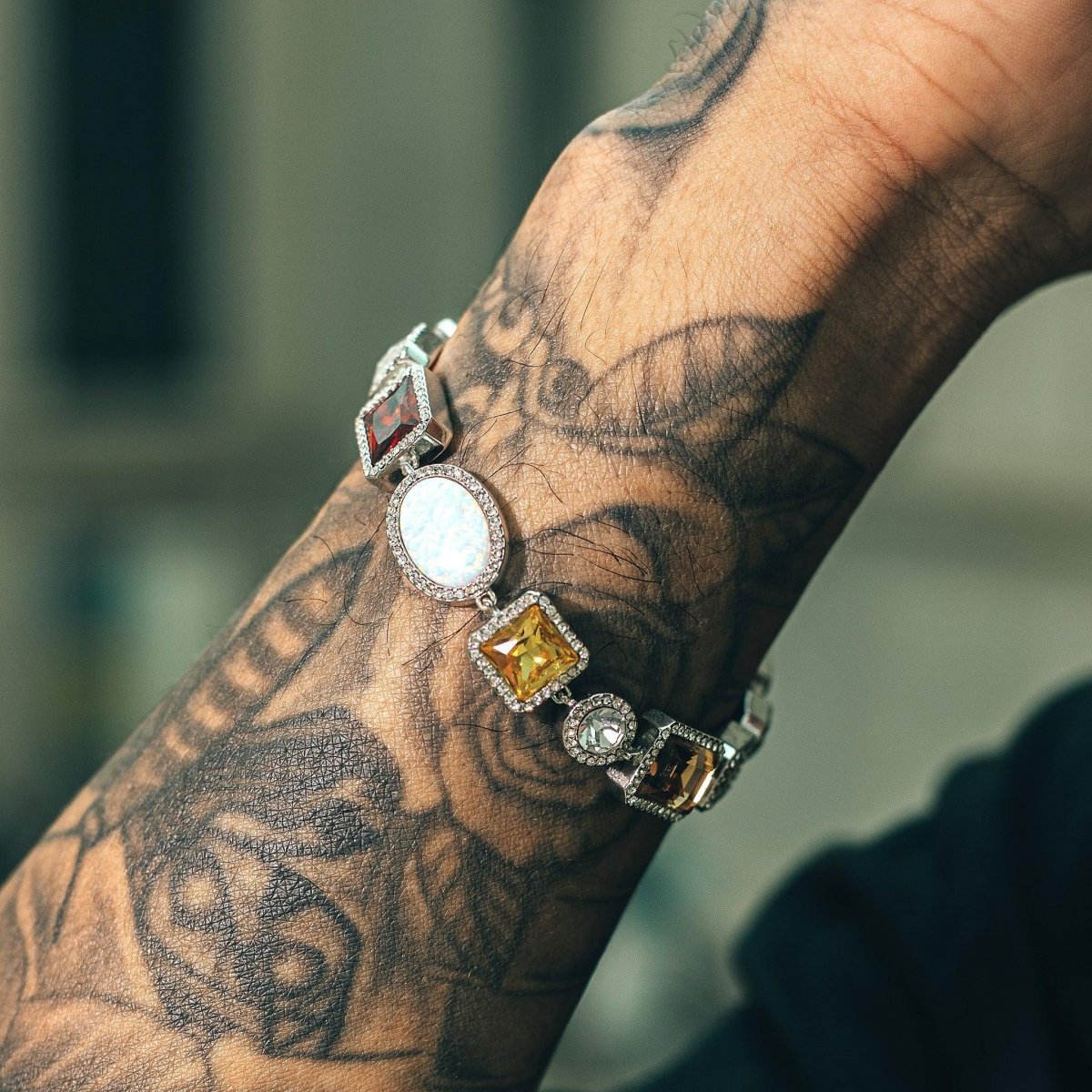
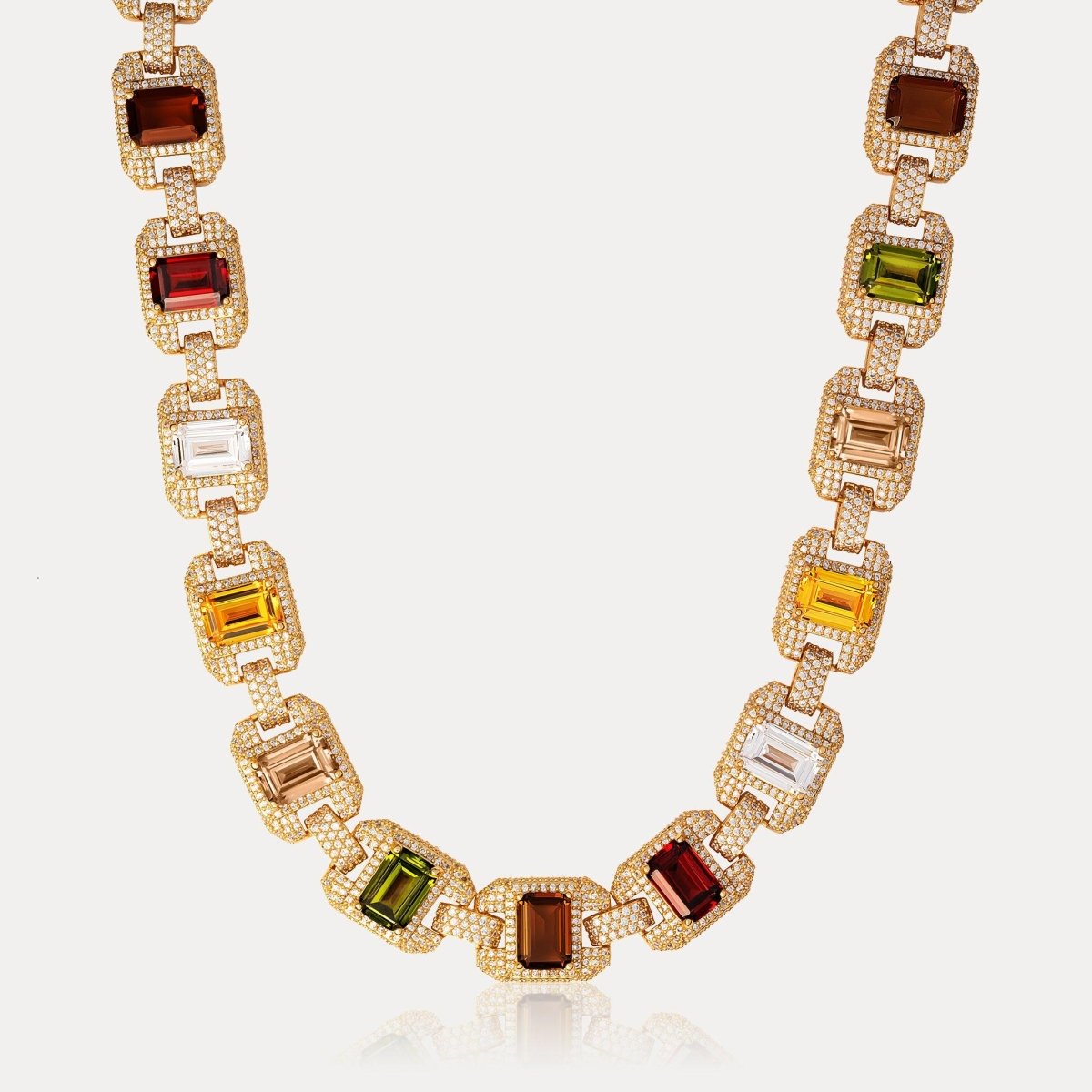



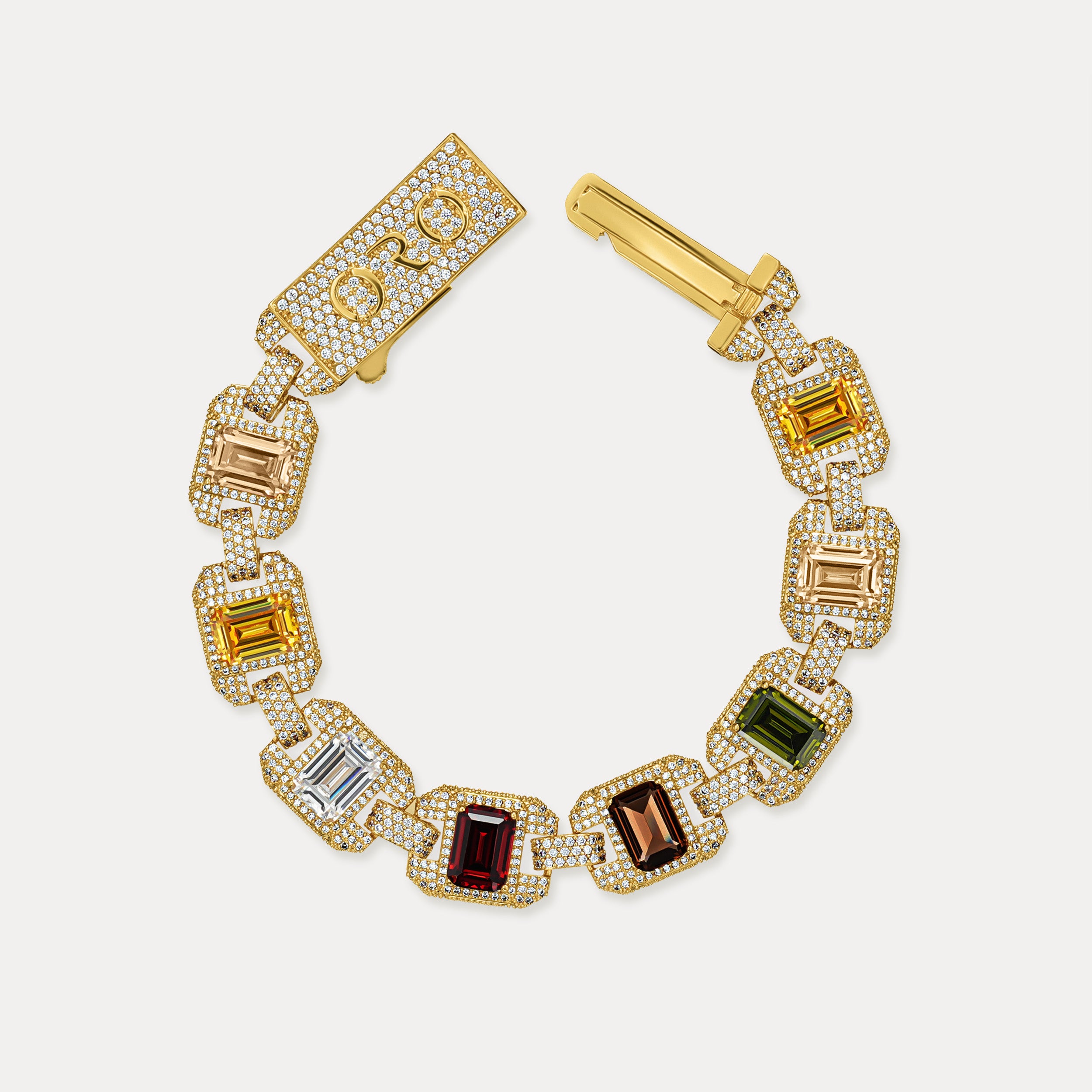

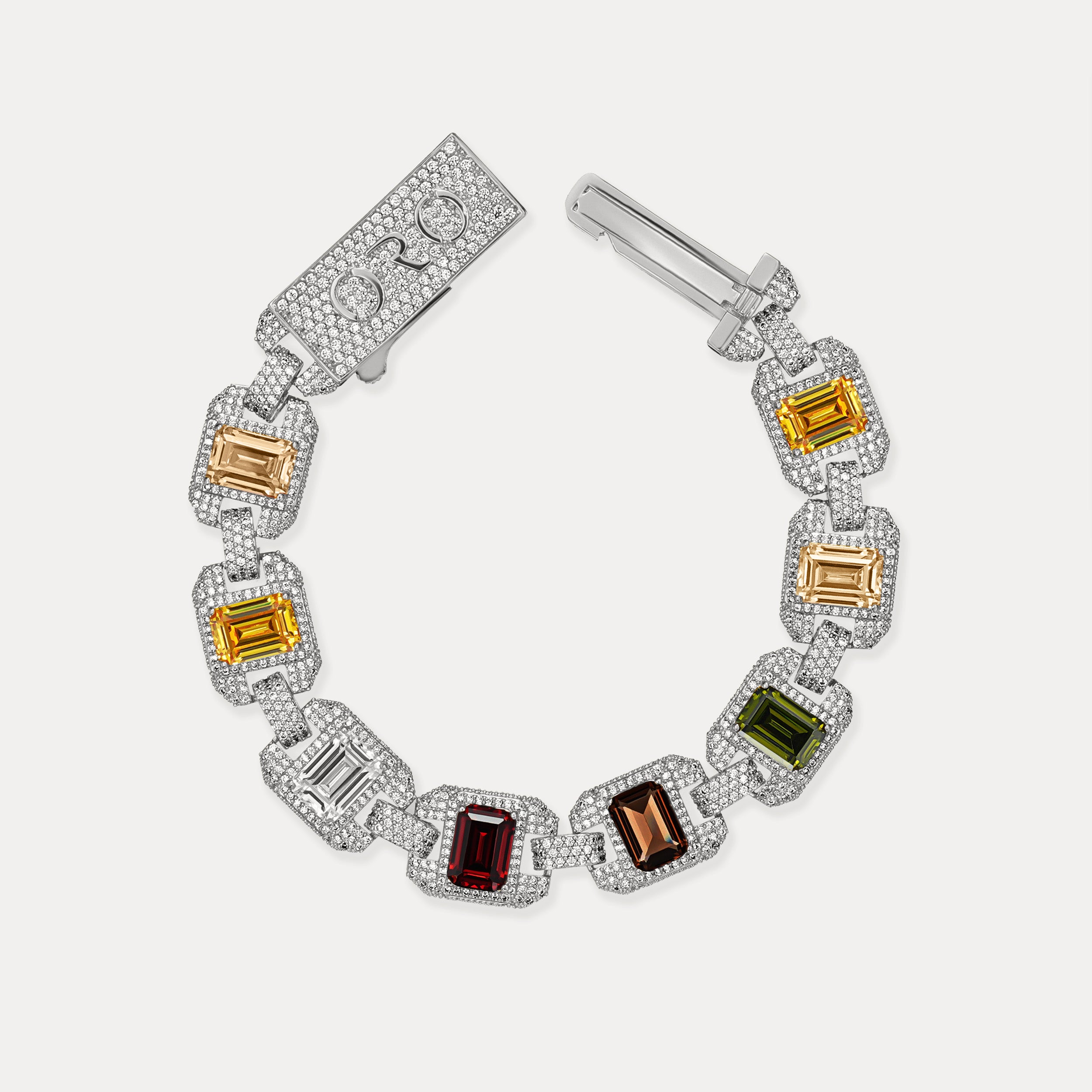

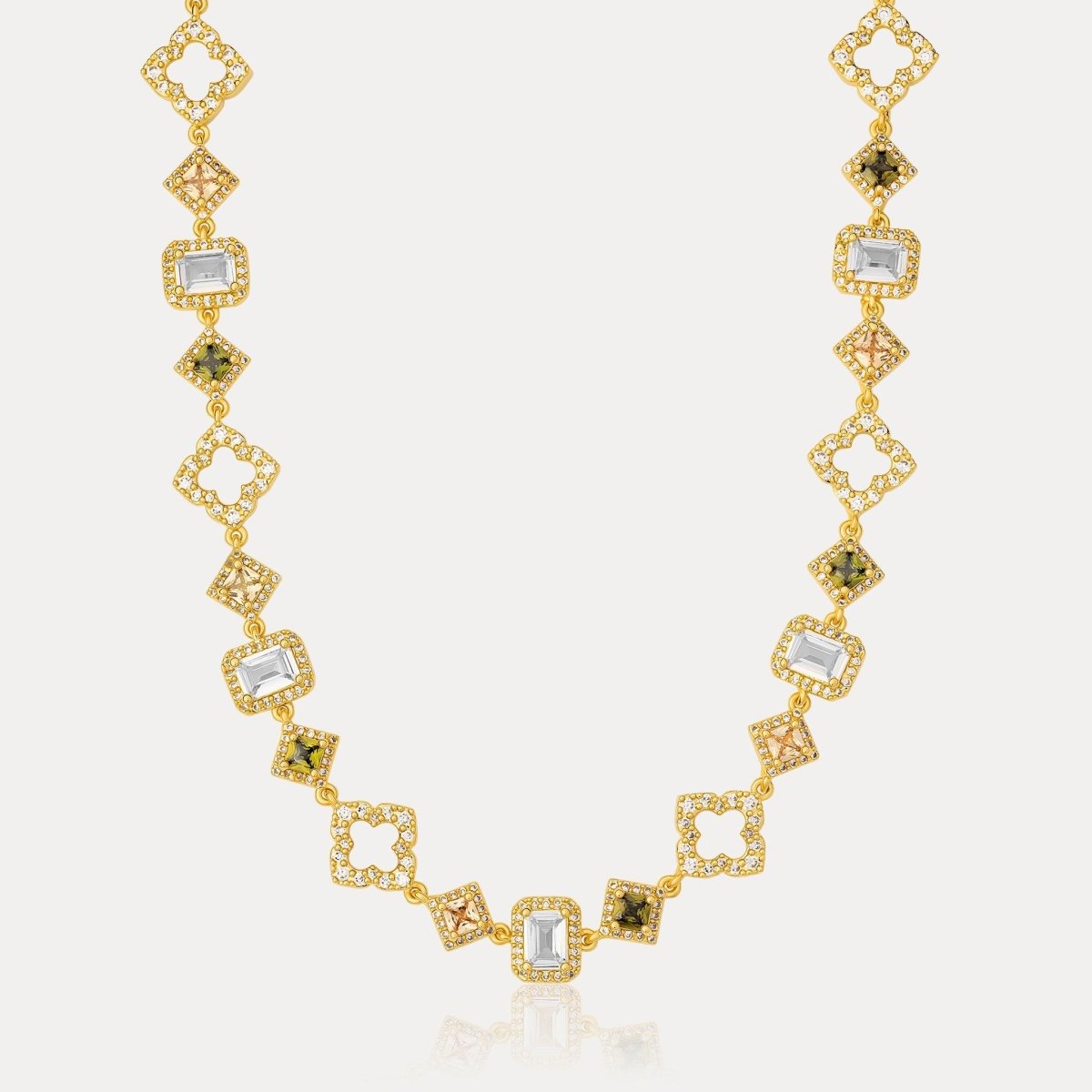
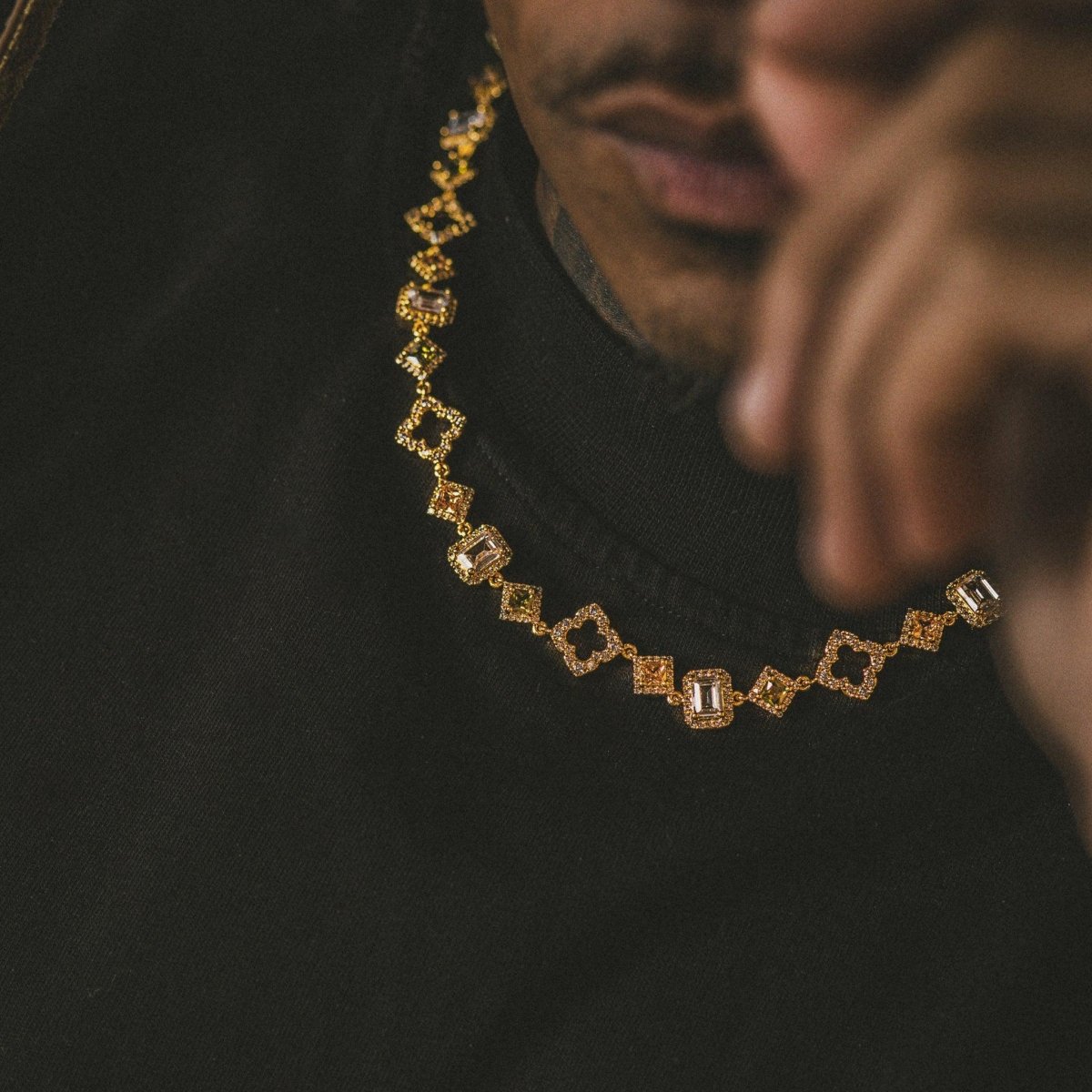
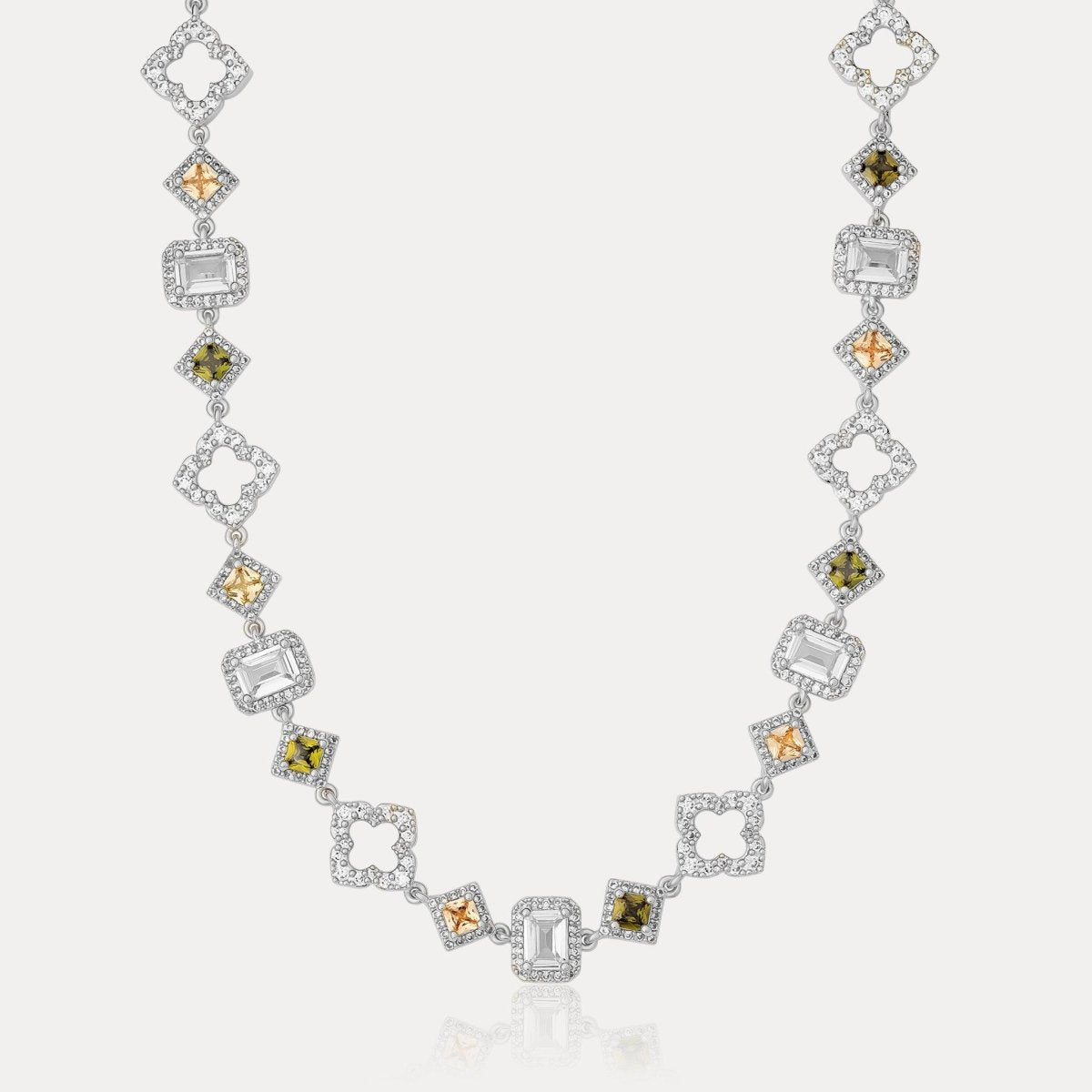


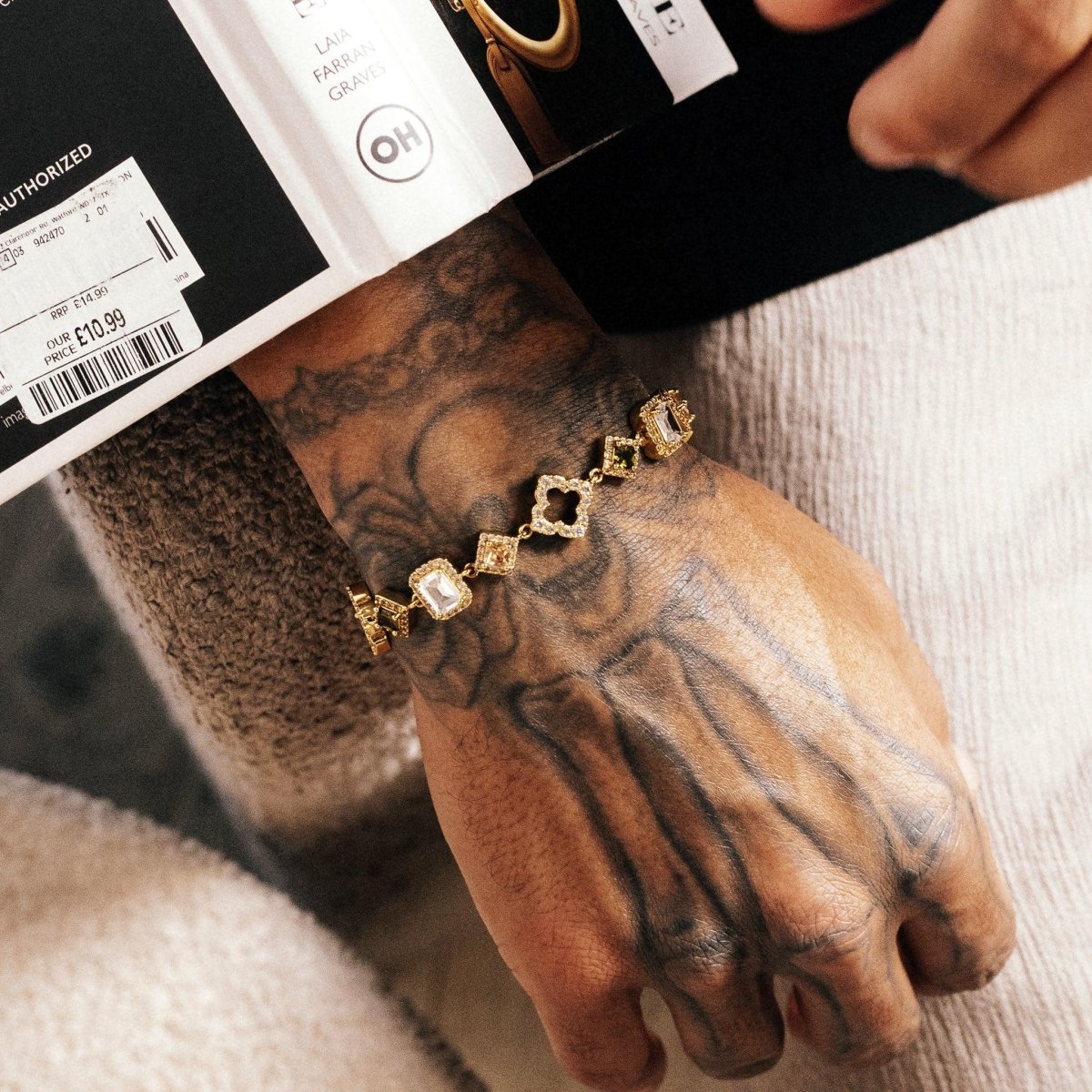


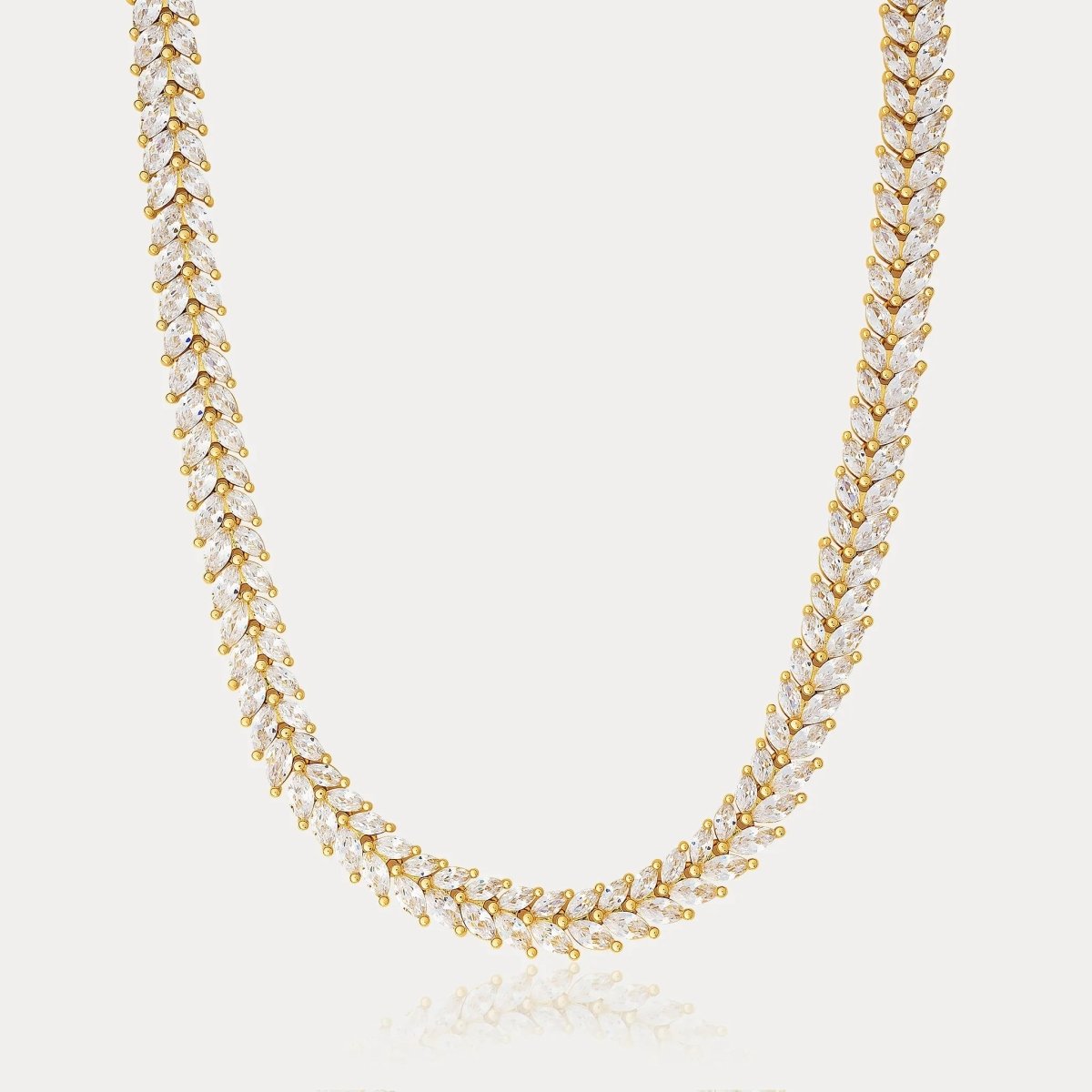
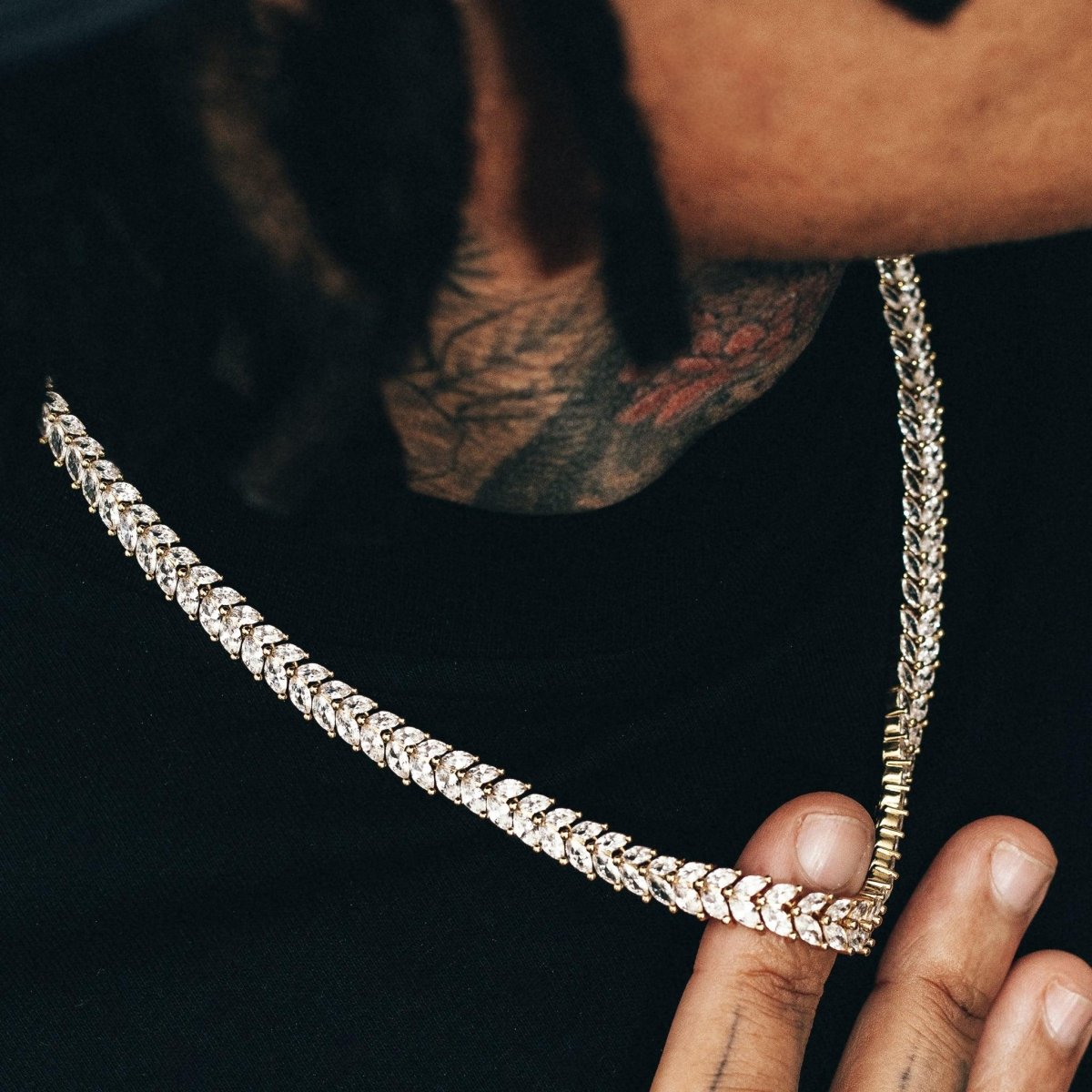
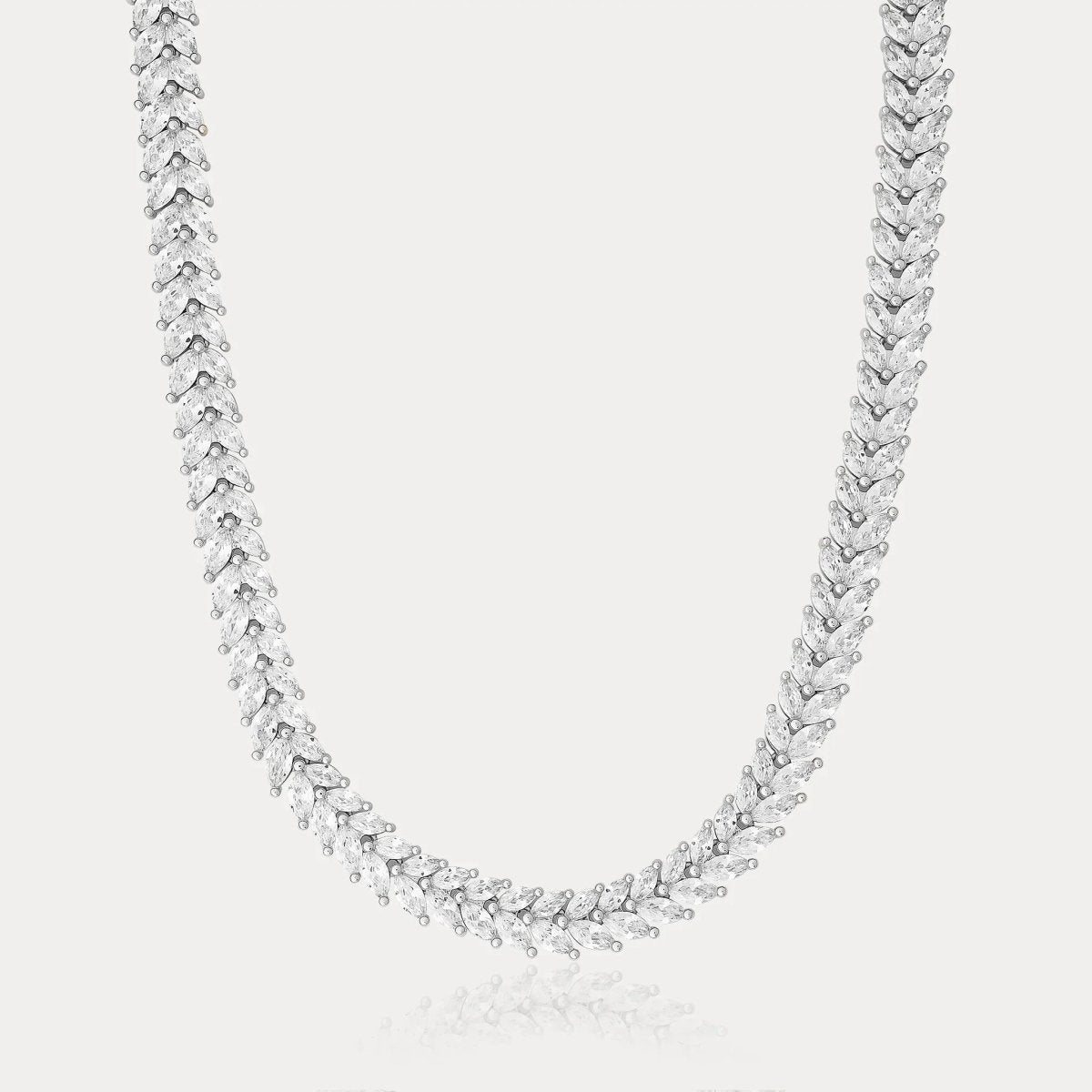

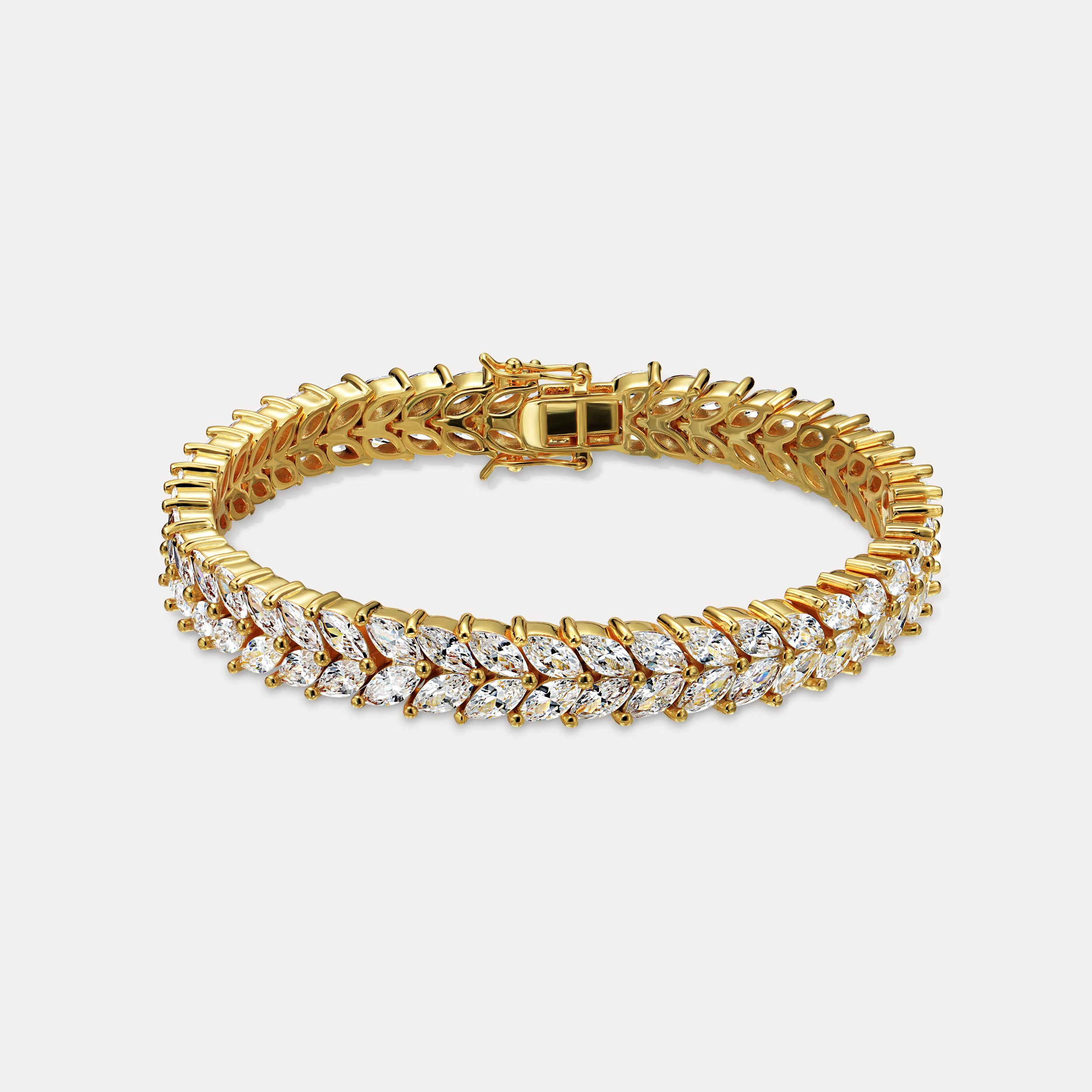

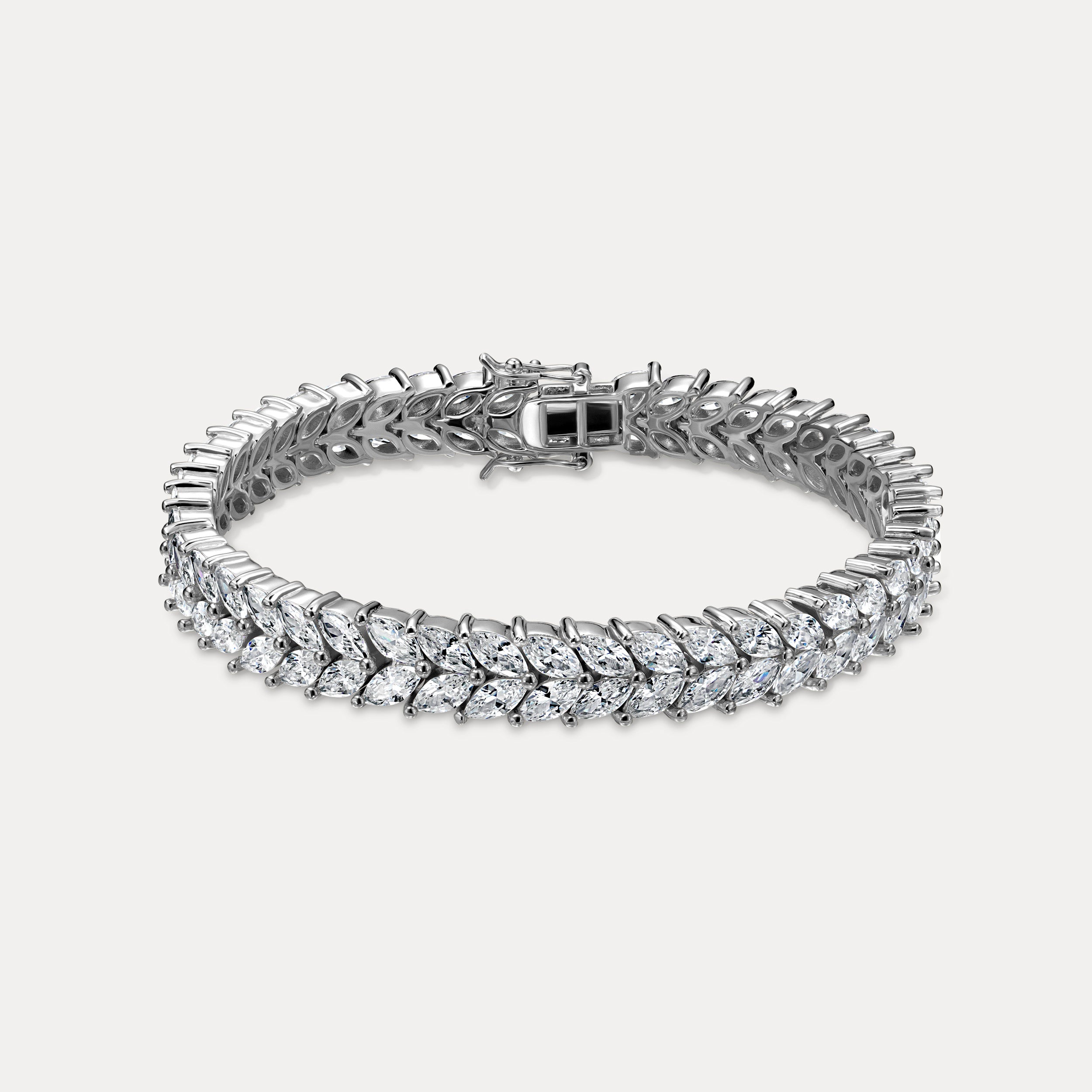
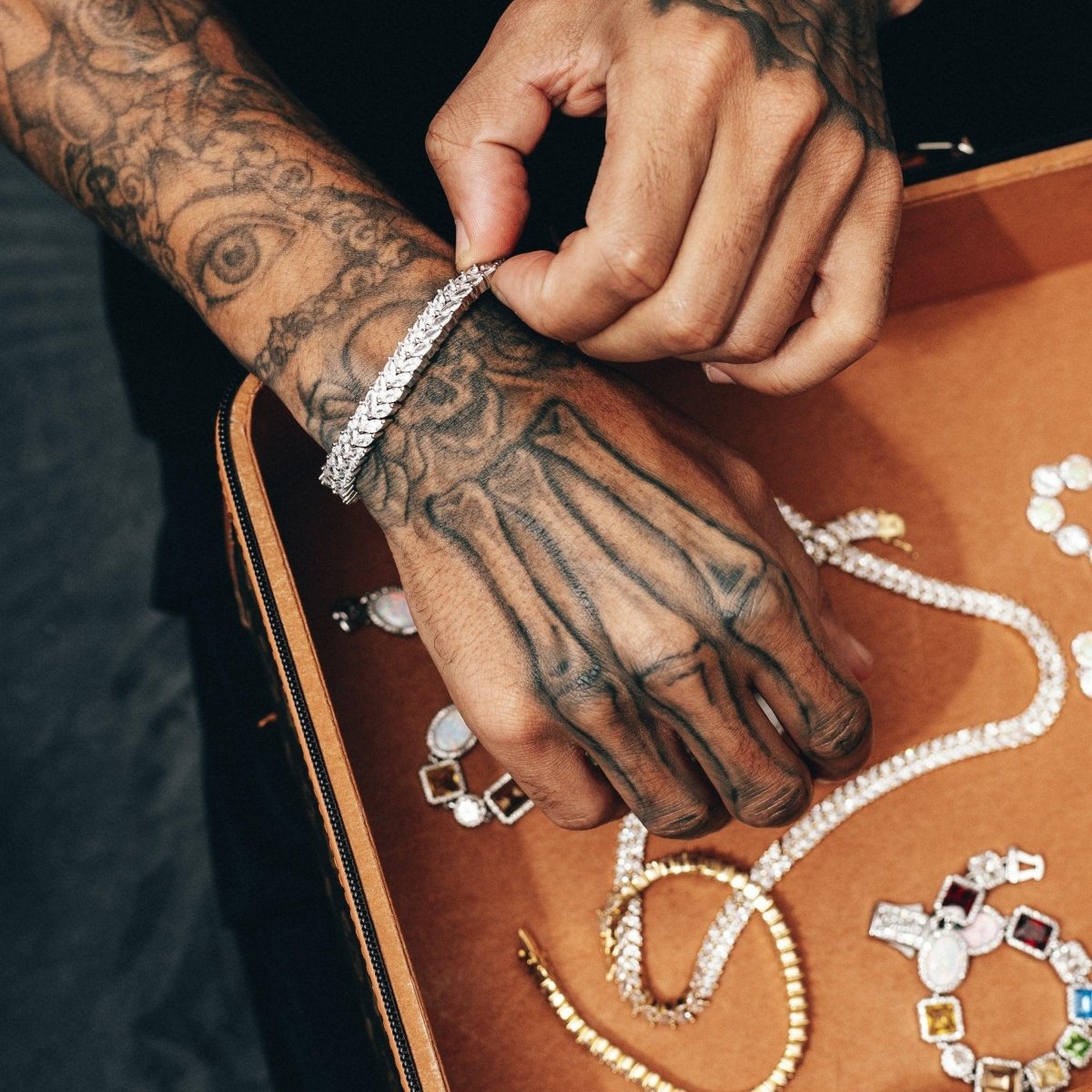
Leave a comment
This site is protected by hCaptcha and the hCaptcha Privacy Policy and Terms of Service apply.